I have one base image (image1) depicting a quantity in a space for time t1. For the similar result, I have one more image (image2) for time t2 , where t2>t1.

The above two images are plotted in Matlab using imagesc. I want to differentiate between those two images such that it is physically intuitive. However, with those two images it's hard to see much difference between them with the naked eye. Although there is very minor change in concentration between image1 and image2, I would like to find what is the difference and show it so that it explains the physical meaning. To explain physically, the fluid would move down with time i.e. the concentration would increase in the bottom part as time passes.
For example in the following graph (even though it's not physically intuitive of the above image) each line represents the entire column values for corresponding image from above. Hence there are 100 blue and 100 red lines for image1 and image2, respectively.

However, I would like to know if there is a better method in Matlab to plot the difference in images from image1 to image2 which better explains the physical meaning of the change. Thanks.